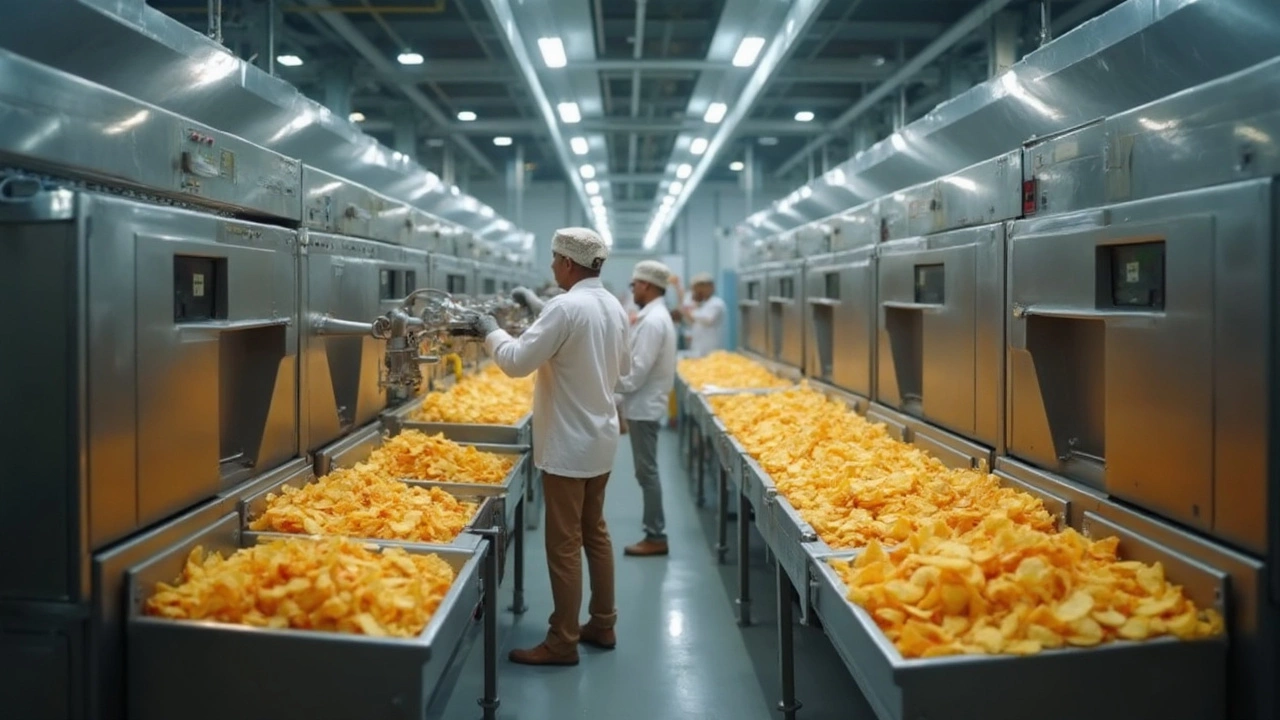Food Technology: Innovations, Careers, and Industry Insights
When talking about Food Technology, the application of science and engineering to produce, preserve, package, and distribute safe, nutritious, and appealing food products. Also known as food tech, it bridges kitchen creativity with laboratory rigor. Food technology covers everything from ingredient formulation to automated packaging lines, and it’s the backbone of today’s fast‑moving consumer goods market.
Key Roles, Tools, and Processes Shaping the Field
At the heart of this ecosystem are the people and equipment that turn raw ingredients into what ends up on your plate. A Food Scientist, a professional who applies chemistry, biology, and engineering to develop new food products and improve existing ones designs formulas, tests shelf life, and ensures regulatory compliance. Often called a Food Technologist, someone focused on scaling lab recipes to industrial production while maintaining quality and safety, this role blends scientific insight with practical manufacturing know‑how.
Equipment matters just as much. The Food Processor, a kitchen appliance that chops, blends, and purees ingredients quickly and uniformly is a small‑scale example of the larger processing lines found in factories. Understanding what can and cannot go into a food processor helps professionals avoid costly downtime and product recalls. Meanwhile, larger-scale machinery—like extruders, mixers, and pasteurizers—operate under the same scientific principles but at industrial volumes.
Nutritionists also play a part, ensuring that the end products meet dietary guidelines and consumer health expectations. A Nutritionist, an expert who evaluates the nutritional content of foods and advises on formulation for health benefits works alongside food scientists to balance taste, texture, and nutrient density.
These entities interact in clear ways: Food Technology encompasses food processing; Food Technology requires scientific research; Food Science influences product innovation. Together they create a loop where research drives new products, equipment enables scale, and consumer feedback refines the next iteration.
Our article collection below reflects this loop. You’ll find a deep dive into career titles like food scientist and food technologist, practical guides on equipment safety, and market‑focused pieces that explain which products are gaining traction in 2025. Whether you’re a student eyeing a lab career, a manager optimizing a production line, or just curious about the science behind your favorite snack, the posts offer actionable insights you can use right away.
Jump into the list to explore detailed analyses, real‑world examples, and forward‑looking trends that illustrate how food technology continues to evolve and shape what we eat.
